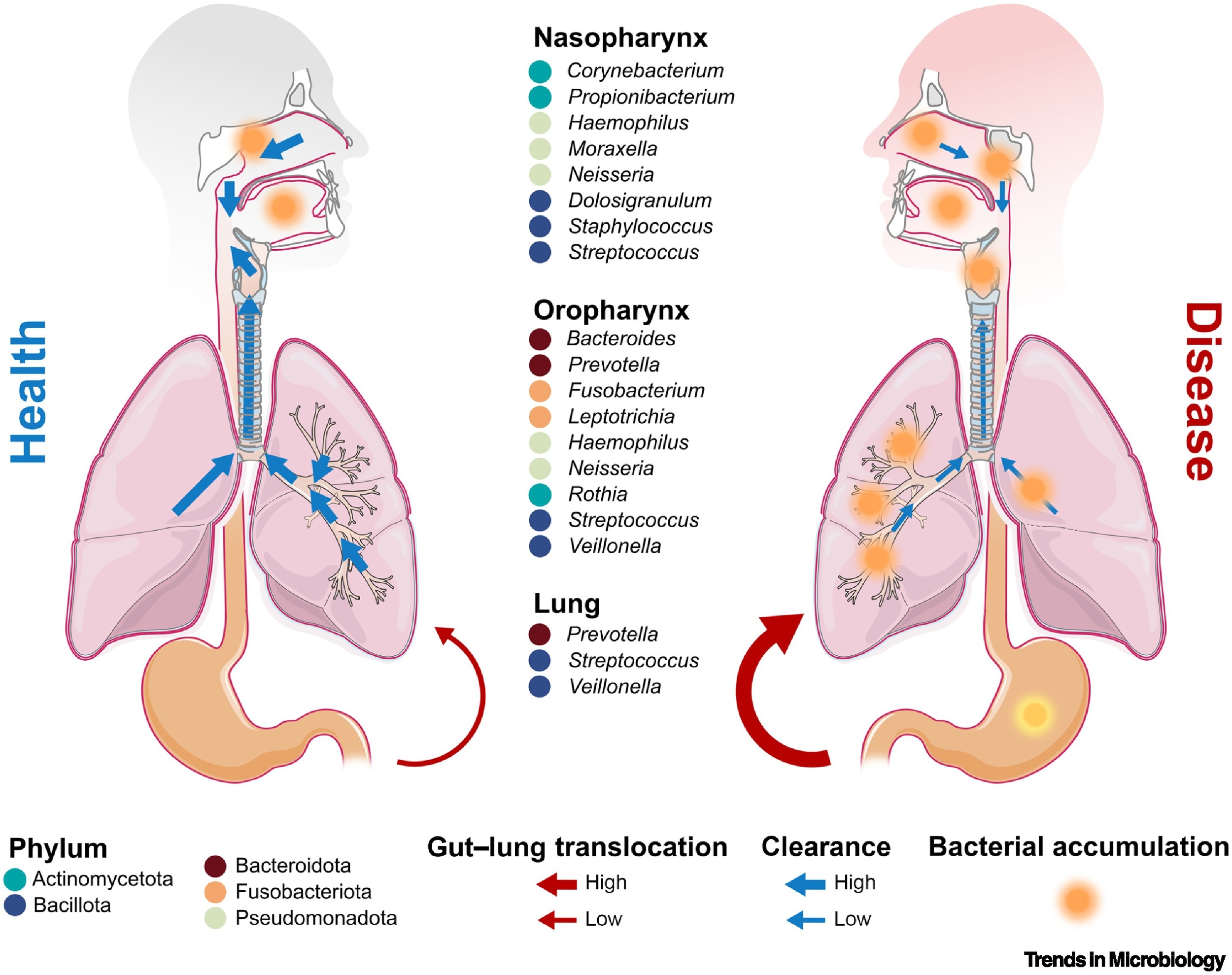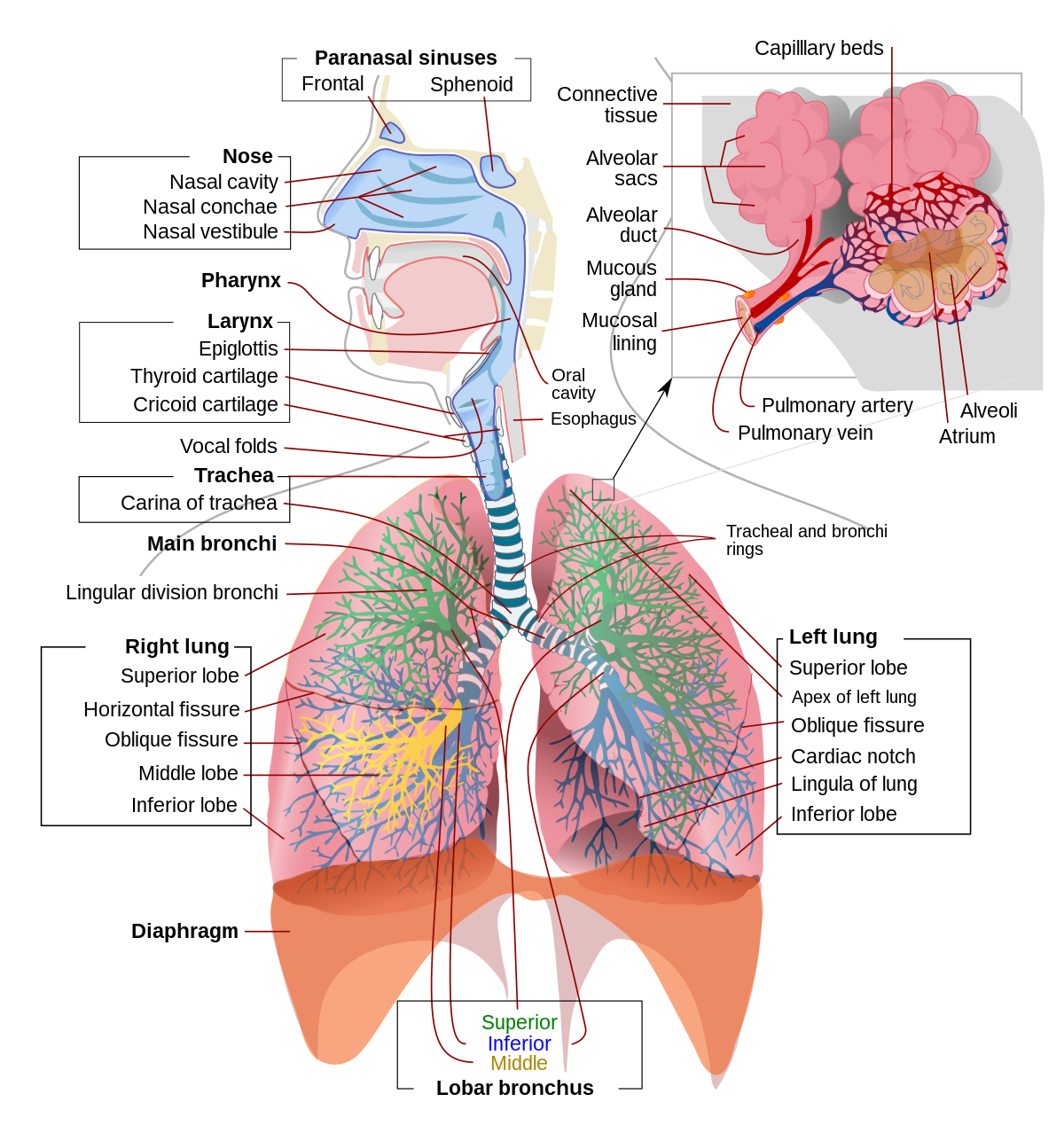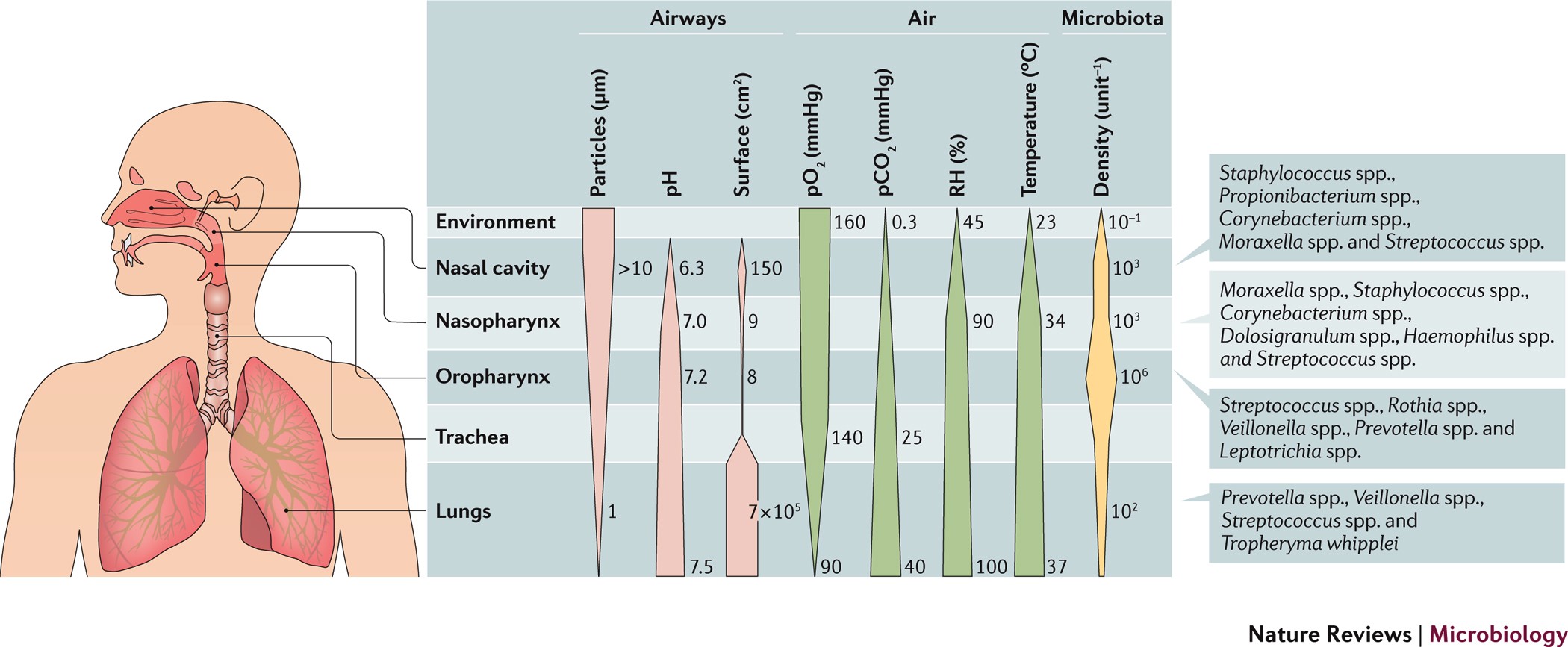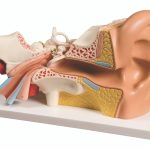
What is the respiratory system
Your respiratory system brings oxygen into your body and helps to remove carbon dioxide. Your lungs are part of your respiratory system. They sit in your chest, protected by your ribcage.
Problems with your respiratory system can reduce the oxygen that reaches your lungs, which can make you unwell.
Parts of the respiratory system
Your respiratory system is made up of your:
- nose
- pharynx (throat)
- larynx (voice box)
- trachea (windpipe)
- bronchi (airways branching from the trachea, and leading to smaller bronchioles)
- lungs
How your respiratory system works
You breathe in by contracting your diaphragm, a flat muscle at the base of your chest. This causes the chest to expand, drawing air in.
You breathe air in and out through your nose and mouth. The air is warmed and moistened along the way.
The air passes through your larynx, which contains the vocal cords that allow you to talk.
Air then passes into through the upper airways, including the trachea (windpipe) and bronchi to reach your lungs. The lining of the respiratory tract makes mucus to trap foreign particles.
In your lungs, air sits in small air sacs called alveoli, which are right next to blood vessels. Oxygen from the air you breathe in travels from your alveoli into your bloodstream. Carbon dioxide travels the other way, from your bloodstream into your alveoli. You then breathe the carbon dioxide out.
Respiratory conditions
Respiratory conditions affect your airways and lungs. They can be short term (acute) or long-lasting (chronic).
Some examples of conditions that can affect the respiratory system include:
- asthma
- bronchitis
- chronic obstructive pulmonary disease (COPD)
- hay fever
- laryngitis
- pneumonia
- other lung conditions
- whooping cough
Many viruses and infections can cause respiratory illnesses. Common infections include colds, influenza (the flu) and more recently, COVID-19.
Respiratory infections that are more common in children include:
- croup
- bronchiolitis
What are some of the symptoms of respiratory conditions?
Symptoms of problems with the airways and lungs may include:
- a runny or blocked nose
- sore throat
- breathlessness
- wheezing
- cough
- chest pain
- coughing up mucus or phlegm, or blood
Keeping your respiratory system healthy
To keep your respiratory system (and especially your lungs) healthy:
- don’t smoke
- avoid harmful environmental factors such as smoke, dust and chemicals
- eat a healthy diet
- maintain a healthy weight
- have an active lifestyle
Before exercising, you should check first with your doctor if you have a health condition. Try to exercise away from busy roads with lots of air pollution.
To reduce your risk of getting or spreading respiratory infections:
- wash your hands regularly
- stay home when you are unwell
- cover your mouth and nose when coughing or sneezing
Consider having the flu vaccine each year and keep up to date with your COVID-19 vaccinations. Also consider other vaccinations such as whooping cough and pneumonia. You should discuss these with your doctor.







